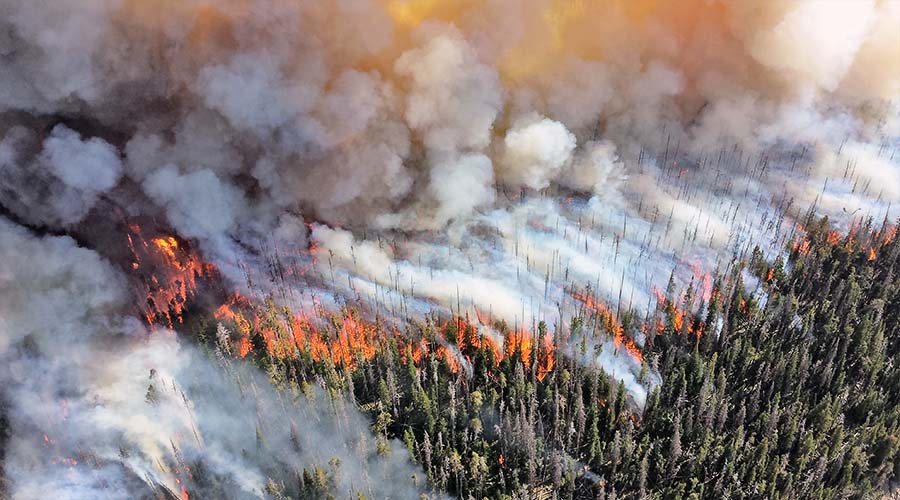As the sun rises over the burning horizon, a blanket of thick smoke descends upon the citizens of California. It engulfs the urban sprawls and penetrates the tranquil countryside, leaving in its wake a trail of destruction and despair. The once pristine air, now heavily polluted, poses a grave threat to the health of millions. In the midst of this crisis, understanding the health impacts of inhaling smoke and learning how to protect oneself becomes paramount.
The prolonged exposure to smoke, often containing harmful pollutants from burning forests and homes, can wreak havoc on a person’s respiratory system. The tiny particles, known as PM2.5, found in California fires smoke are small enough to bypass the body’s natural defenses and penetrate deep into the lungs. This invasion can trigger a range of health issues, from mild irritations to severe respiratory illnesses.
Physical Symptoms
One of the first signs of smoke inhalation can be experienced through physical symptoms such as a scratchy throat, dry cough, or burning eyes. These discomforts can quickly escalate into an exacerbation of pre-existing respiratory conditions like asthma, bronchitis, or chronic obstructive pulmonary disease (COPD). Furthermore, long-term exposure to smoke particles has been linked to an increased risk of heart attacks, strokes, and even premature death.
Those who are most vulnerable to the health impacts of inhaling smoke from the California fires are the older people, young children, pregnant women, and individuals with compromised immune systems or underlying respiratory conditions. However, it is vital to note that no one is immune to the dangers of smoke inhalation. The rapidly deteriorating air quality affects people of all ages and health backgrounds, making it imperative for everyone to take necessary precautions.
Stay Indoors As Much As Possible
So, what can be done to safeguard our health during these perilous times? Firstly, it is advisable to stay indoors and limit outdoor activities as much as possible, especially during periods of elevated pollution levels. Ensuring that the windows and doors are fully sealed can go a long way in reducing smoke infiltration. Additionally, using air purifiers equipped with HEPA filters can effectively reduce the concentration of harmful particles indoors.
Wearing masks specifically designed to filter out smoke particles, such as N95 masks, can be immensely beneficial in reducing personal exposure. However, it is crucial to note that not all masks are created equal. Cloth masks or surgical masks, while effective in reducing the spread of COVID-19, do not provide the same level of protection against smoke particles.
Avoid VOCs
Furthermore, maintaining good indoor air quality is of utmost importance. Minimizing the use of open flames, such as fireplaces or candles, and refraining from smoking tobacco products indoors can help mitigate the risk of worsening air pollution in a confined space. It is also recommended to avoid using household cleaning products that release volatile organic compounds (VOCs) as they can further contribute to respiratory distress.
In times of severe smoke inhalation, seeking refuge in areas with cleaner air becomes crucial. Creating designated clean rooms within households and workplaces, equipped with portable air purifiers, can provide a haven from the polluted atmosphere. Public spaces like community centers and libraries may also offer respite for those who do not have access to suitable indoor environments.
Safeguard Your Well-Being
Lastly, staying informed about the air quality in your region is pivotal in making informed decisions. Regularly monitoring air quality indexes and heeding evacuation orders or alerts issued by local authorities can help you stay one step ahead of potential health hazards.
California, a state known for its natural beauty and breathtaking landscapes, finds itself in a perpetual battle against the devastating impact of wildfires. While the sight of raging fires may dominate the headlines, the unseen danger of smoke inhalation looms large and demands our immediate attention. By understanding the health impacts of inhaling smoke from the California fires and taking proactive measures to protect ourselves, we can safeguard our well-being and emerge stronger from the ashes of this crisis.
